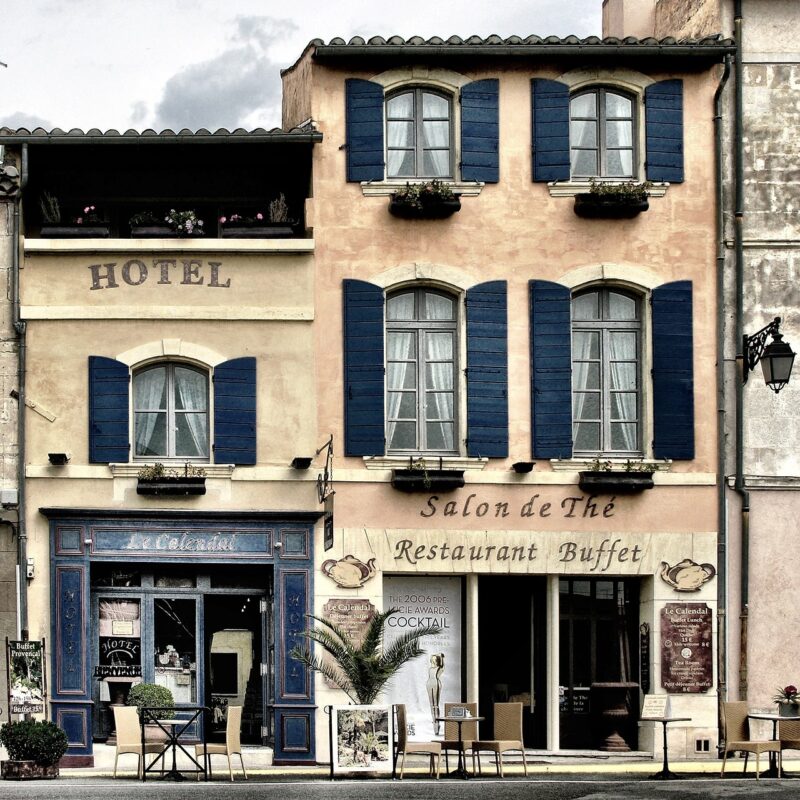Popular Coffee Drinks Worldwide for Coffee Lovers!
Coffee is a beloved beverage that has a long and storied history around the world. Let’s check out some amazing coffee drinks worldwide favourites. While most people are familiar with popular drinks like cappuccino, latte, and espresso, there are many other coffee beverages that are enjoyed in different parts of the world. In this blog post, we will explore some of the most popular coffee drinks from around the world, their origins, and how they are made.
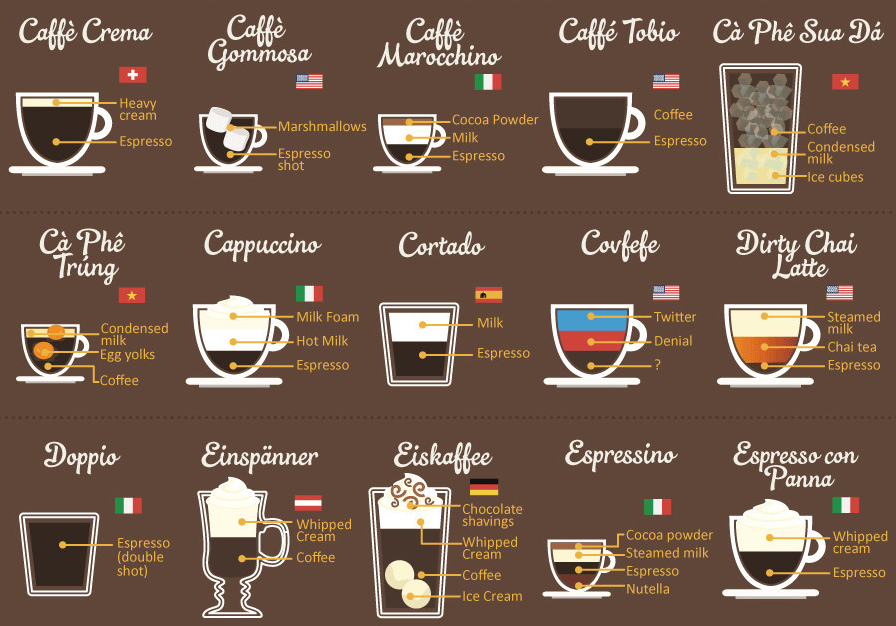
Turkish Coffee.
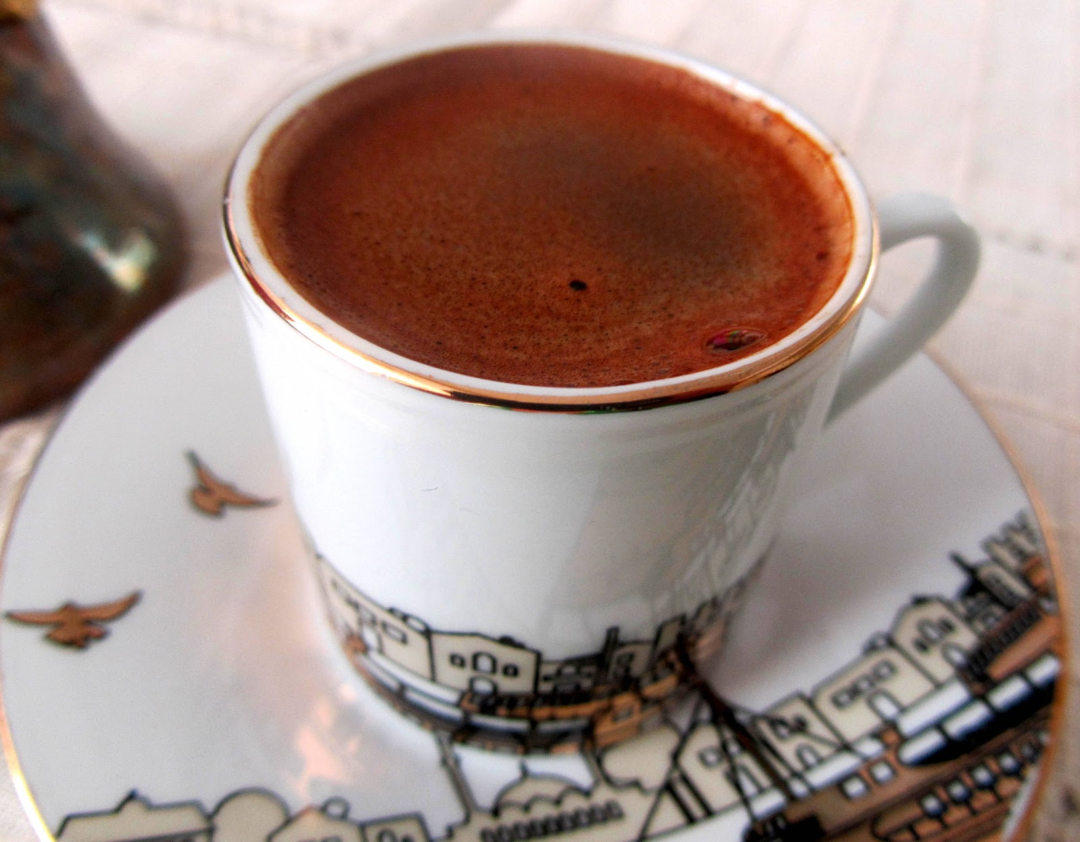
Turkish coffee is a traditional method of preparing and serving coffee that has a rich history and is deeply rooted in the culture of countries like Turkey, Greece, and the Balkans. It is known for its strong flavour, thick consistency, and unique brewing technique.
Here’s how Turkish coffee is traditionally prepared:
Ingredients:
- Finely ground coffee beans (Turkish coffee grind)
- Cold water
- Sugar (optional)
- Cardamom (optional)
Equipment:
- Small cezve (ibrik) or pot
- Small cups
Instructions:
- Measure water using the coffee cup you will be using. Typically, you’ll use one coffee cup of water for each serving.
- Pour the water into the cezve (ibrik) and add finely ground coffee to taste. The coffee-to-water ratio is typically around 1 heaping teaspoon of coffee per coffee cup of water.
- Add sugar to taste if desired. Turkish coffee is often served with sugar, and you can adjust the amount according to your preference.
- Optionally, you can add a pinch of ground cardamom to the coffee for extra flavour. Cardamom is a traditional spice used in Turkish coffee that adds a unique aroma.
- Stir the mixture well to combine the coffee and water.
- Place the cezve on low heat and slowly bring the mixture to a simmer, stirring continuously. Be careful not to let it boil over.
- As the coffee begins to froth and rise, carefully remove the cezve from the heat to allow the froth to settle.
- Return the cezve to the heat and allow it to froth up again, then remove it from the heat once more.
- Repeat this frothing process one more time and then pour the coffee into small cups. The froth helps distribute the coffee grounds evenly among the cups.
- Allow the coffee grounds to settle at the bottom of the cups before sipping.
Turkish coffee is usually served with a glass of water to cleanse the palate between sips. It’s a social and cultural activity often enjoyed with friends and family. The coffee is typically strong and unfiltered, resulting in a thick sediment at the bottom of the cup.
The process of making Turkish coffee is as much a ritual as it is a method of brewing coffee. It’s a great way to experience the traditions and flavours of the regions where it’s popular.
Vietnamese Coffee.
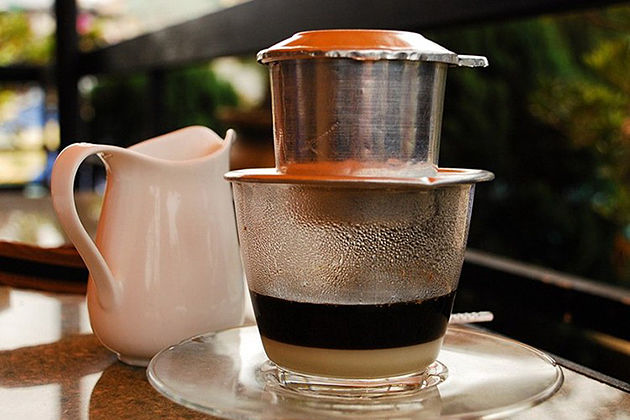
Vietnamese coffee is a unique and flavourful style of coffee that’s deeply ingrained in Vietnamese culture. It’s known for its distinctive preparation methods, including the use of strong Robusta coffee beans and sweetened condensed milk. There are several popular variations of Vietnamese coffee, with the most well-known being “cà phê sữa đá” (iced coffee with condensed milk) and “cà phê sữa nóng” (hot coffee with condensed milk).
Here’s an overview of how Vietnamese coffee is prepared:
Ingredients for Iced Vietnamese Coffee (Cà Phê Sữa Đá):
- Coarsely ground Vietnamese coffee (often robusta beans)
- Sweetened condensed milk
- Ice cubes
Instructions:
- Brew the coffee: Using a Vietnamese drip filter called a “phin,” add a few tablespoons of coarsely ground coffee to the filter chamber. Place the filter on top of a glass or cup.
- Add condensed milk: Pour a generous amount of sweetened condensed milk into the serving glass.
- Assemble the phin: Place the phin’s press on top of the coffee grounds and gently press down to compress them.
- Pour hot water: Add hot water to the phin, filling it about halfway. Allow the coffee to drip through the filter and into the glass containing the condensed milk. This creates a strong coffee concentrate.
- Mix and serve: Once the coffee has finished dripping, stir the condensed milk and coffee together until well combined. Add ice cubes to create an iced coffee. The result is a sweet, strong, and refreshing beverage.
Ingredients for Hot Vietnamese Coffee (Cà Phê Sữa Nóng):
- Coarsely ground Vietnamese coffee
- Sweetened condensed milk
- Hot water
Instructions:
- Brew the coffee: Follow steps 1 and 2 from the iced coffee instructions.
- Assemble the phin: Place the phin’s press on top of the coffee grounds and gently press down.
- Pour hot water: Add hot water to the phin, filling it to the top. Allow the coffee to drip into the glass containing the condensed milk, creating a strong coffee concentrate.
- Stir and serve: Once the coffee has finished dripping, stir the condensed milk and coffee together until well mixed. The result is a rich and sweet hot coffee.
Vietnamese coffee is known for its bold and intense flavour, which is often attributed to the use of Robusta beans and the slow drip brewing method. The addition of sweetened condensed milk adds a creamy sweetness that balances out the coffee’s strength. It’s a beloved beverage in Vietnam and has gained popularity internationally due to its unique taste and preparation methods.
Irish Coffee.
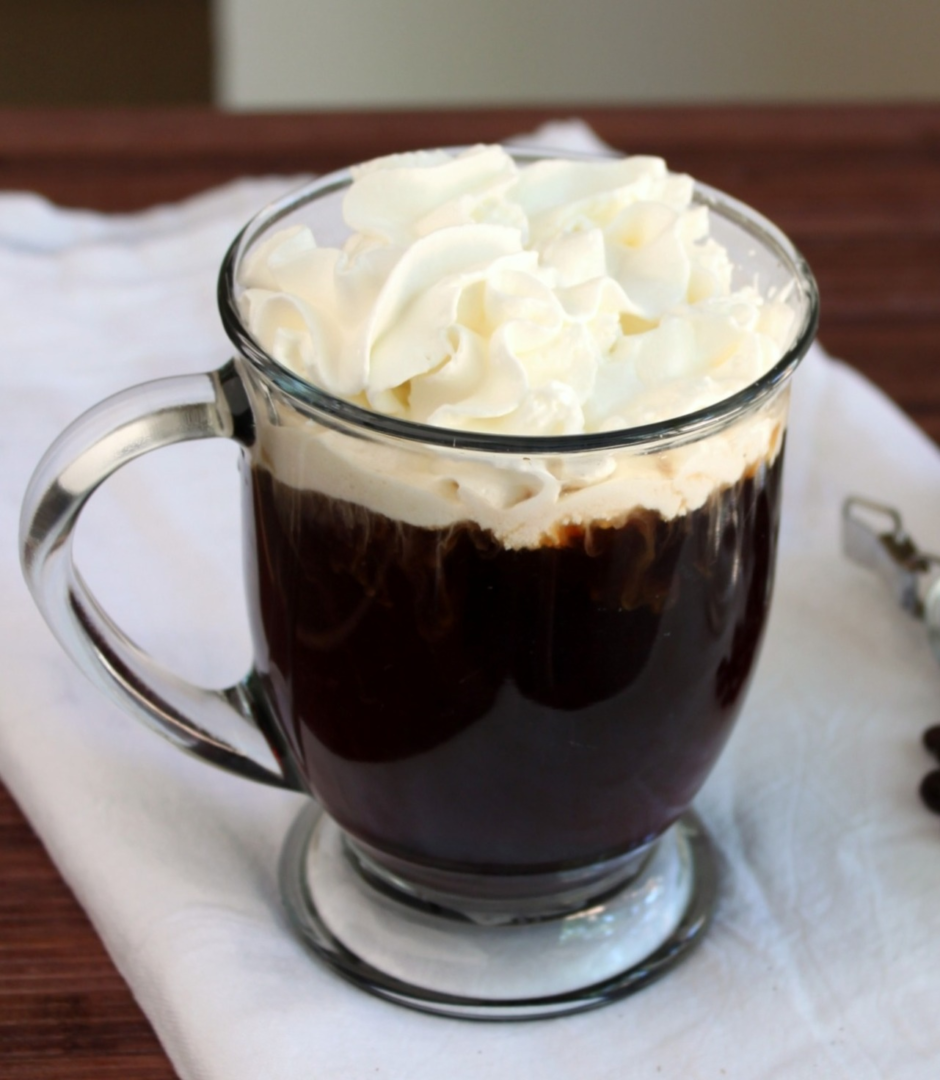
Irish Coffee is a classic cocktail that combines hot coffee, Irish whiskey, sugar, and a layer of whipped cream on top. It’s a warm and comforting drink that’s perfect for sipping on cold evenings or as a dessert cocktail. Irish Coffee is believed to have originated in Ireland and has become popular worldwide.
Here’s how you can make Irish Coffee:
Ingredients:
- Hot brewed coffee
- Irish whiskey (about 1 ½ oz or 45 ml)
- Brown sugar (about 1 teaspoon)
- Heavy cream (whipped)
- Hot water (optional, for pre-warming the glass)
Instructions:
- Start by pre-warming a heat-resistant glass or mug by filling it with hot water. This will help keep the drink warm for longer.
- Once the glass is warmed, empty it and add the brown sugar. This step is important as the sugar helps the whiskey mix better with the coffee.
- Pour the hot brewed coffee into the glass, leaving some space at the top for the whipped cream.
- Stir the coffee and sugar until the sugar is dissolved.
- Add the Irish whiskey to the coffee and sugar mixture and stir to combine.
- Carefully whip the heavy cream until it’s slightly thickened but still pourable.
- Hold a spoon upside down over the glass and gently pour the whipped cream over the back of the spoon. This will help the cream float on top of the coffee.
- The cream should form a distinct layer on top of the coffee. Do not stir after adding the cream.
Enjoy your Irish Coffee by sipping it through the layer of cream, which provides a delightful contrast to the coffee and whiskey beneath. The combination of the warm coffee, smooth whiskey, and creamy topping makes for a delightful and indulgent treat.
Keep in mind that you can adjust the amount of sugar and whiskey according to your taste preferences. Some variations also include different types of whiskey or flavoured liqueurs for added depth of flavour.
Greek Coffee.

Greek coffee, also known as “Ellinikos Kafes” or “Greek-style coffee,” is a traditional coffee preparation method that’s popular in Greece and other parts of the Mediterranean region. It’s similar to Turkish coffee and Arabic coffee, with a focus on using finely ground coffee beans and brewing the coffee slowly in a special pot called a “briki” or “cezve.” Greek coffee is known for its strong flavour, rich texture, and distinctive preparation process.
Here’s how you can make Greek coffee:
Ingredients:
- Finely ground Greek coffee beans
- Cold water
- Sugar (optional)
- Ground cardamom (optional)
Equipment:
- Briki or cezve (a small coffee pot with a long handle)
- Small cups
Instructions:
- Measure the water: Use the coffee cup you’ll be serving the coffee in to measure the water. Typically, you’ll use one coffee cup of water for each serving.
- Add coffee and sugar: For each coffee cup of water, add about 1 heaping teaspoon of finely ground Greek coffee into the briki. You can also add sugar to taste if desired.
- Optional: If you like, you can add a pinch of ground cardamom to the coffee for extra flavour. Cardamom is a common addition in Greek coffee.
- Mix and heat: Stir the coffee and water mixture well until the coffee is fully dissolved. Place the briki on low heat.
- Heat slowly: Allow the coffee mixture to heat slowly, stirring occasionally. Be careful not to bring it to a boil too quickly.
- Let it froth: As the coffee heats up, it will start to froth and bubble. When it’s about to boil, carefully remove the briki from the heat to let the froth settle.
- Return to heat: Place the briki back on the heat and let it froth again. Remove from heat just before it boils over.
- Final frothing: Repeat the process one more time, allowing the coffee to froth up again. This frothing process helps create the desired texture and flavour.
- Pour and serve: Pour the coffee into small cups, making sure to distribute the foam evenly among the cups.
Greek coffee is typically enjoyed slowly, and it’s common to let the coffee grounds settle at the bottom of the cup before drinking. The flavour is strong and intense, with a slightly gritty texture due to the coffee grounds. It’s often served alongside a glass of cold water to cleanse the palate between sips.
Greek coffee is more than just a beverage; it’s a social and cultural experience deeply rooted in Mediterranean traditions.
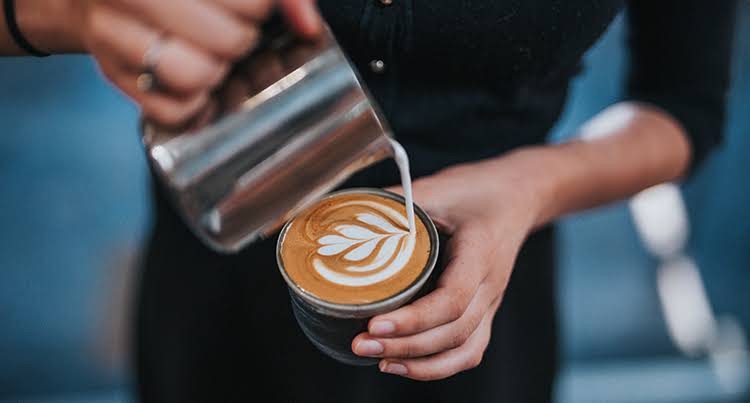
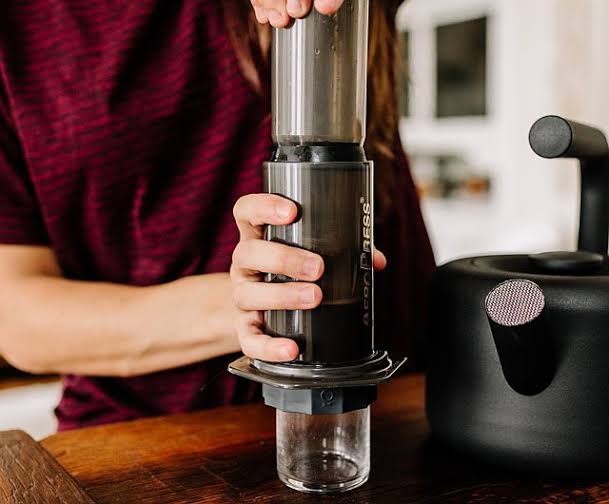
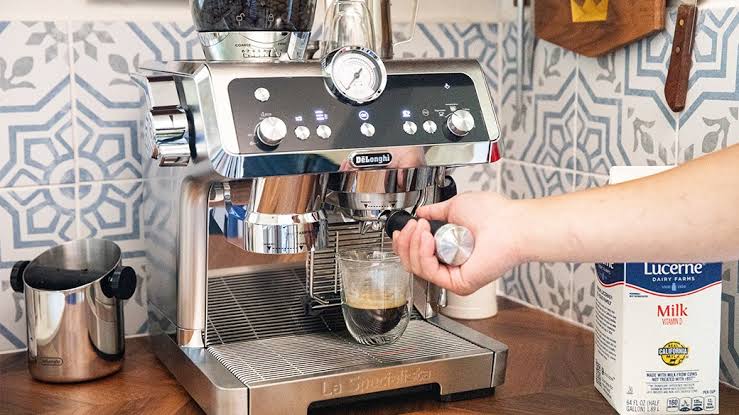
More Popular Coffee Drinks!
Café Bombón.
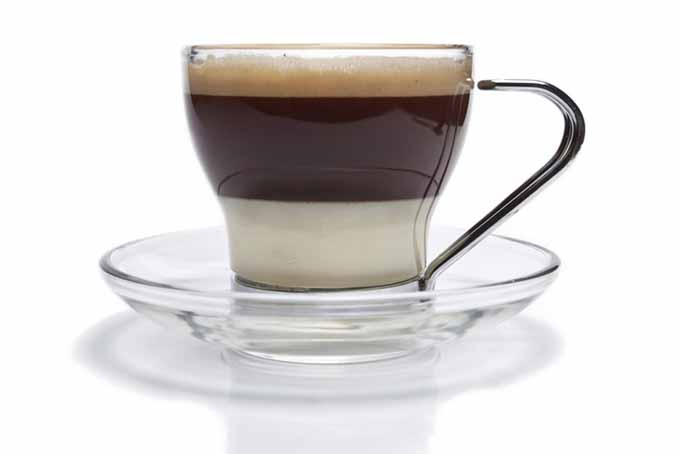
- Café Bombón is a popular coffee beverage that originated in Spain. It’s a simple yet delicious drink made by combining two main ingredients: espresso and sweetened condensed milk. The result is a layered coffee drink that combines the strong bitterness of espresso with the rich sweetness of condensed milk. Here’s how it’s typically prepared:
- Ingredients:
- Espresso coffee
- Sweetened condensed milk
- Instructions:
- Prepare a shot of espresso using an espresso machine.
- Take a heat-resistant glass or cup and pour a layer of sweetened condensed milk into the bottom. The amount of condensed milk used can vary based on your personal taste preferences, but a common ratio is about 1 part espresso to 1 part condensed milk.
- Carefully pour the freshly brewed espresso over the condensed milk. The espresso will float on top of the milk, creating a layered effect. The milk’s density prevents immediate mixing of the two liquids, resulting in a visually appealing contrast of colours.
- Serve the Café Bombón as is, without stirring, to maintain the distinct layers.
- The name “Café Bombón” is derived from the Spanish word “Bombon,” which means “candy” or “sweet.” This drink is beloved for its unique combination of flavors and textures – the intense coffee flavour of the espresso pairs perfectly with the creaminess and sweetness of the condensed milk.
- Café Bombón has gained popularity beyond Spain and can be found in various coffee shops and cafes around the world. It’s a delightful treat for those who enjoy a balance of strong coffee and sugary sweetness.
Cafezinho.

“Cafezinho” is a Portuguese term that translates to “little coffee” in English. It is a term commonly used in Brazil and other Portuguese-speaking countries to refer to a small cup of strong, black coffee. Cafezinho is an integral part of Brazilian culture, and it’s often offered as a gesture of hospitality in homes, workplaces, and social gatherings.
In Brazil, cafezinho is typically brewed using a method similar to espresso, but it’s served in smaller quantities. The coffee is typically very strong and often sweetened with sugar. It’s an essential part of daily life for many Brazilians and is enjoyed throughout the day, particularly after meals or during breaks.
To make cafezinho:
Ingredients:
- Coarsely ground coffee beans
- Water
- Sugar (optional)
Instructions:
- In a small pot, combine water and coarsely ground coffee beans using a ratio of about 1 to 2 tablespoons of coffee per 6 ounces (180 ml) of water.
- Heat the mixture over low to medium heat until it comes to a gentle simmer. Be careful not to bring it to a rolling boil, as this can result in over-extraction and bitterness.
- Allow the coffee to simmer for a few minutes, extracting its strong flavours.
- Remove the pot from the heat and let the coffee grounds settle to the bottom.
- Using a fine-mesh strainer or a piece of cloth, strain the coffee into small cups, filling them about halfway.
- If desired, add sugar to taste. Many Brazilians prefer their cafezinho sweetened.
- Serve the cafezinho while it’s still warm and enjoy its bold and robust flavour.
Cafezinho is not just about the coffee itself but also about the social experience and connection that comes with sharing a cup of coffee. It’s a symbol of Brazilian hospitality and a way to connect with friends, family, and colleagues.
Espresso Romano.
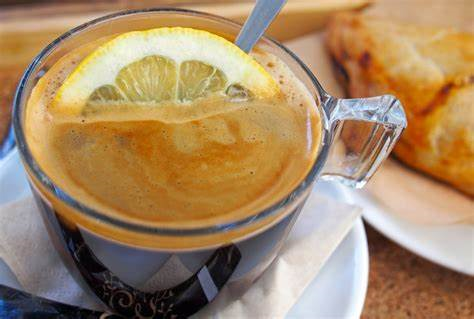
Espresso Romano is a variation of the traditional espresso coffee beverage that originated in Italy. The defining feature of an Espresso Romano is the addition of a small twist of lemon peel to the espresso. This twist of lemon provides a citrusy aroma and a hint of flavour that complements the strong and rich taste of the espresso.
Here’s how you can prepare an Espresso Romano:
Ingredients:
- Freshly brewed espresso shot.
- A small piece of lemon peel (about the size of a thumbnail)
Instructions:
- Prepare a shot of espresso using an espresso machine. The espresso should be brewed according to your preference for strength and volume.
- Take a small piece of lemon peel, making sure to avoid the bitter white pith underneath the zest.
- Gently twist or fold the lemon peel over the espresso shot, allowing the oils from the lemon zest to be released. This imparts a delicate lemon aroma to the espresso.
- Drop the twisted lemon peel into the espresso shot.
- Serve the Espresso Romano immediately, allowing the flavours to meld and the aromas to be enjoyed.
The Espresso Romano offers a unique flavours combination, as the bright and zesty notes of the lemon contrast with the intense and robust profile of the espresso. It’s a refreshing twist on the classic espresso and is often enjoyed as a palate cleanser or a way to add a touch of brightness to the coffee experience.
As with any coffee preparation, the proportions and methods can vary based on personal preferences, so feel free to experiment and adjust to find the balance that you enjoy the most.
Flat White.

A Flat White is a popular espresso-based coffee beverage that originated in Australia and New Zealand, although it’s now enjoyed in many parts of the world. It’s known for its smooth and velvety texture, achieved through the combination of espresso and steamed milk. The key difference between a Flat White and other similar drink like a latte or cappuccino lies in the milk-to-espresso ratio and milk preparation.
Here’s how you can make a Flat White:
Ingredients:
- Espresso coffee (typically one or two shots)
- Fresh, cold milk
Instructions:
- Prepare one or two shots of espresso using an espresso machine. A single shot is commonly used, but you can use two if you prefer a stronger coffee flavour.
- Steam the milk. Unlike in a latte, where you might have a thicker layer of frothed milk, the milk for a Flat White is steamed to create a microfoam that’s velvety in texture. Micro foam is created by introducing steam into the milk while carefully controlling the frothing process to avoid large bubbles. This results in a creamy, smooth texture.
- Pour the steamed milk over the espresso in the cup. The milk is poured from a relatively low height to create a smooth and uniform texture, with the microfoam blending evenly with the espresso.
- The resulting drink should have a balanced taste of espresso and milk, with a creamy texture. The microfoam adds a slight creaminess and sweetness to the beverage.
It’s worth noting that the exact preparation of a Flat White can vary between cafes and regions. In some places, the distinction between a Flat White and a latte might be less pronounced, but generally, the emphasis in a Flat White is on a strong espresso flavour balanced by a smoother milk texture.
Flat Whites have gained popularity due to their smooth and balanced nature, making them a great choice for those who enjoy a well-rounded coffee experience without the strong coffee-to-milk contrast of a cappuccino or latte.
Coffee Drinks World Wide Conclusion.

In conclusion, coffee has become a staple beverage that is enjoyed by millions of people around the world. From traditional black coffee to specialty drinks like lattes and cappuccinos, coffee offers a range of flavours and experiences that appeal to a diverse range of tastes. Whether enjoyed in a coffee shop or brewed at home, coffee has become an integral part of many cultures, social gatherings, and daily routines.
Coffee production and consumption have also had a significant impact on the global economy. Countries like Brazil, Vietnam, and Colombia are major producers and exporters of coffee, providing employment and income for millions of people. Meanwhile, coffee shops and cafes have become popular meeting places and businesses that contribute to local economies.
However, the coffee industry is not without its challenges. Issues such as climate change, labour practices, and the use of pesticides and chemicals have led to concerns about sustainability and the well-being of coffee farmers and their communities. As consumers, it is important to be aware of these issues and support companies and initiatives that prioritize ethical and sustainable practices.
Overall, the popularity of coffee drinks worldwide shows no signs of slowing down. With new flavours, brewing methods, and innovations constantly emerging, the world of coffee is constantly evolving and offering new experiences for coffee lovers to enjoy.
Author.
Brendon McAliece is a multi-lingual expat who brings over three decades of flight simulator/PC building experience as well as over two decades of real-world jet fighter experience as a weapons/egress technician. He holds a sport pilot certificate giving him real-world flying experience. Hi travels have taken him from Europe to the Middle East, Asia and his home of Australia. He has a passion for travel, languages, Flight simulation as well as Guitaring and Coffee. You can read more in his blogs below.

Learn more @
DreamingGuitar.com – DreamingCoffee.com – LetsFlyVFR.com
Home – Blog – Shop – About
As an Amazon affiliate I may earn on qualifying sales.

